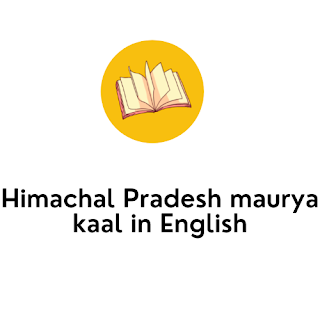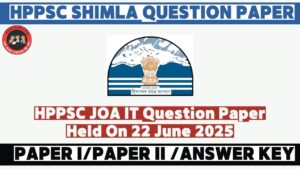Himachal Pradesh maurya kaal in English
|| Himachal Pradesh maurya kaal in hindi || HP maurya kaal in hindi ||
- Alexander’s invasion- Alexander invaded India in 326 BC and reached the Vyas river. Alexander’s troops refused to go beyond the Vyas river. The chief of this was his commander ‘Koinos’. Alexander built twelve stupas on the banks of the Vyas river as a sign of his India expedition, which have now been destroyed.
- Chandragupta Maurya – Chandragupta Maurya, along with the hill king Parvatak and his Prime Minister Chanakya, took steps towards the establishment of the Maurya Empire. The treaty between Parvatak and Chanakya is found in Visakhadatta’s Mudrarakshas and the Jain texts Appendix. According to ‘Mudrarakshas’, Chandragupta recruited Kirat and Khashs in his army. The mountain must have been a three-way king. Among the hill kings, only King Chitravarma of Kulut and King Pushkaraksha of Kashmir opposed Chandragupta. 323 BC with the help of Chanakya. In Chandragupta destroyed the Nand Dynasty and sat on the throne and established the Maurya Empire. The kingdom of Kulind was called Shirmourya in the Mauryan period because the Kulind state was situated at the apex of the Maurya Empire. Over time, it became the Sirmour Sirmour.
- Ashoka- The grandson of Chandragupta Maurya, Ashoka, sent Majhim and 4 Buddhist monks to propagate Buddhism in the Himalayas. According to Hiuen Tsang, Ashoka had built Buddhist stupas at Kullu and Kangra. Stupas built of Ashoka are located in Kalath of Kullu and Chaitadu of Kangra. The Ashoka period inscriptions were found in Kalsi (Uttarakhand). In the promotion of Buddhism in the Himalayas, Buddhism was supported by 4 Buddhist monks – Kassapgota, Dhundibhisara, Sahadeva and Mulakdev. H.P. In 242 BC, Buddhism was entered.
Read More: – Himachal Pradesh General Knowledge










